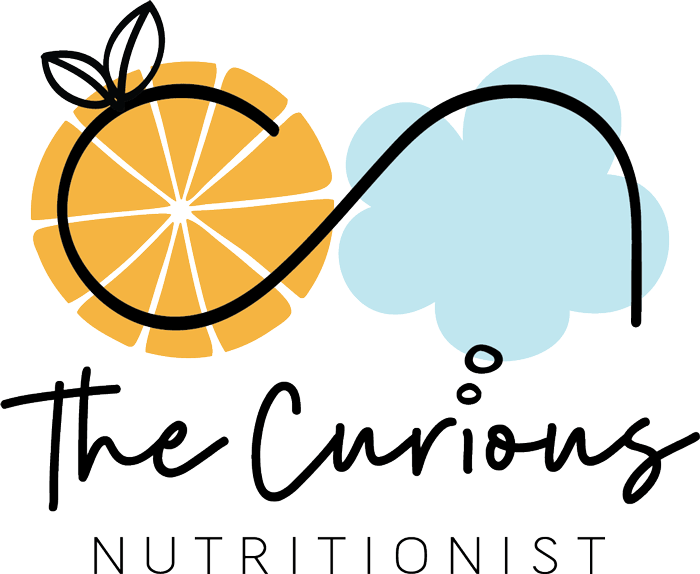The contents of a lunch box is a contentious issue. Parents battle with what to pack to meet school policy and guidelines; children don’t always eat what’s packed, and teachers encourage and entice kids to eat what’s served while trying to provide enough time to eat. Lunch box rules about what kind of food is acceptable and not acceptable consume many parent forums. Lunch box manufacturers capitalise on the latest food trends and market products that make packing a lunch box either helpful or a chore. Packing a lunch box to please has become just plain hard.
The system is broken
We all know that public health is underfunded therefore under-resourced. Public health campaigns offer all kinds of solutions, but do they really help? Health promotion is supposed to be founded on a strength-based approach, but I’m wondering where the strength is in population messages that say children (and adults) aren’t meeting a recommended intake of vegetables and competitions that pit lunch boxes against each other for the health of their contents? I am seriously questioning all of this. A strength-based approach is supposed to be person centred and focus on the capabilities rather than deficits.
Public health messages also become mixed up ‘eco’ environmental messages about healthy bodies and a healthy planet. Is the food and package waste remaining in the home rather than at school? Is the ‘eco’ message genuine? Is this really supportive of children learning to eat a variety of foods or saving the environment?
Health organisations and promoters can also blur the lines when they partner with big food companies. Who is really benefiting from this? This includes product sponsorships promoted by health professionals. I personally have declined these kinds of offers. They come with promises not only of payment but endorsed promotion by social media influencers where you have no say or control over the messages they give. It’s a tricky business that feeds into a hyperfocus on food and health behaviours.
The endeavour of health promotion is also linked to notions of managing and changing health behaviours. While we all want the same outcome, children eating a healthy diet, should behaviour be the focus? What about the food environment? What about food skills? What about access to finances and facilities to provide healthy food? What about health literacy? Do health messages engage us or divide us?
Teachers are not to blame
Health education is driven by a social and political context and teachers are expected to be a jack of all trades, taking on more demanding and complex workloads. Whether we like it or not, political discussions and decisions become curriculum and they make their way into our school system. After all, schools are institutions governed by rules and regulations. Unfortunately, when we focus on the rules and regulations, we interpret information rigidly and misfire when we communicate.
Historically, the notion of improved nutrition has come from efforts to feed malnourished children during and post World War 2. With the emerging research and the discovery of vitamins in the early 1900s, the emphasis of curing malnutrition and preventing disease of impoverished children living in overcrowded conditions in Australian cities like Melbourne within the school system seemed like a logical experiment. The Oslo Lunch was introduced in some Victorian State Schools. It was about providing affordable and ‘natural’ foods to improve the health of children. It consisted of a cheese and salad wholemeal sandwich, fruit and milk.
Basically, this is all we’ve ever known. Nutrition has consumed teachers’ understanding of ‘health’ within the school system since the 1940s and most likely earlier. Only now, we are questioning how supportive this is. The fear that students are not eating enough nutritious food has been part of our being for a long, long time. This is multigenerational. Public health messages have infiltrated our education system as long as it has existed. Teachers bear the brunt of societal expectations and pressures of public health.
Teachers are also not immune to the mixed up health messages that encourage dieting and disordered eating and exercise behaviours. I don’t think I’ve ever been in a staff room that is completely safe and free from any of this. Teachers have internalised some pretty messed up ideas and these are reinforced within the workplace and outside it. We need to remember that training, professional learning, programs and ongoing support in this area are severely lacking.
Where to now? What do we do about this?
Take a few backward steps, some deep breaths and zoom out! Preconceived ideas, personal values and beliefs along with school policy all play a part in lunch box policing. In person, curious conversations are best in a situation where a child has expressed worry or concern. Thoughtful conversations are the first step to cultivate change. And each conversation is an opportunity to learn and grow from each other.
School policy change is useless without cultural change. And change means challenging socio-cultural norms. This requires robust and deep learning and not everyone is ready to take this step at the same pace or time. This issue is well beyond the school lunch box, it’s about what we’ve learnt and internalised about food. Bringing together all stakeholders to learn together about their role in healthy eating and learning about food is the way forward. We all need to support each other to bring about long term positive change.


